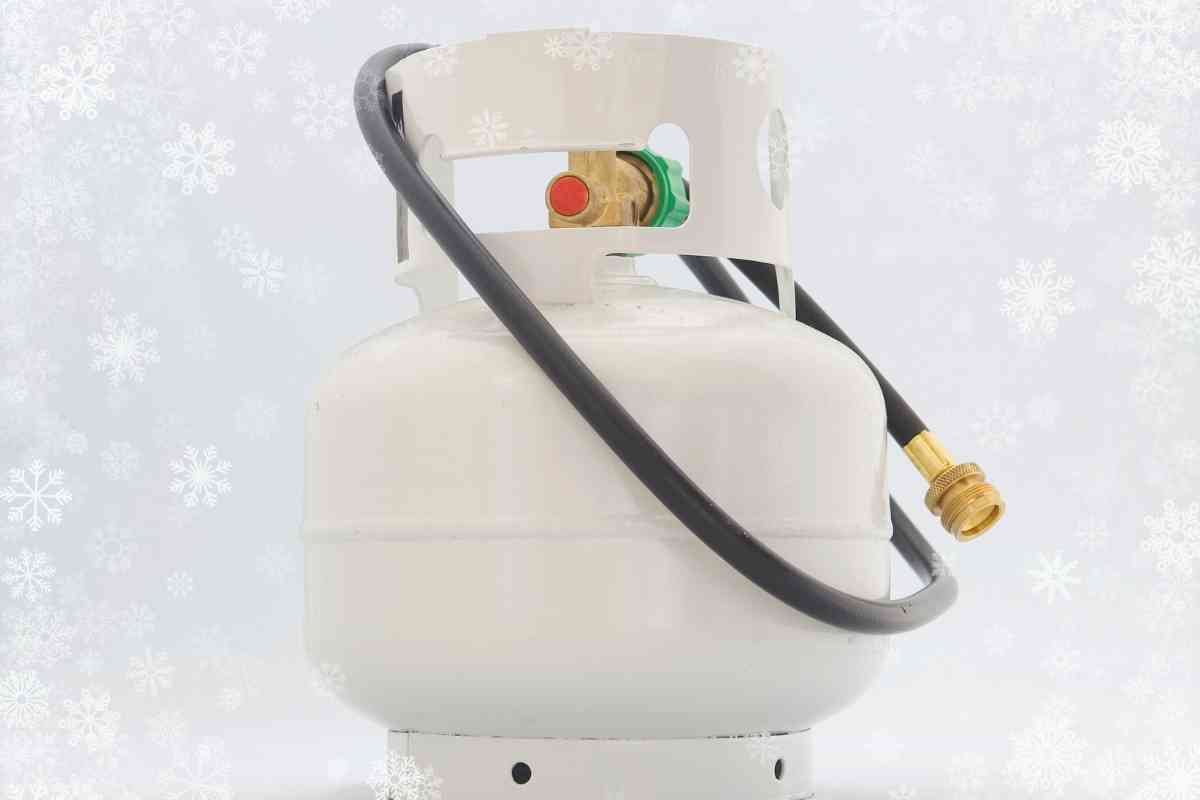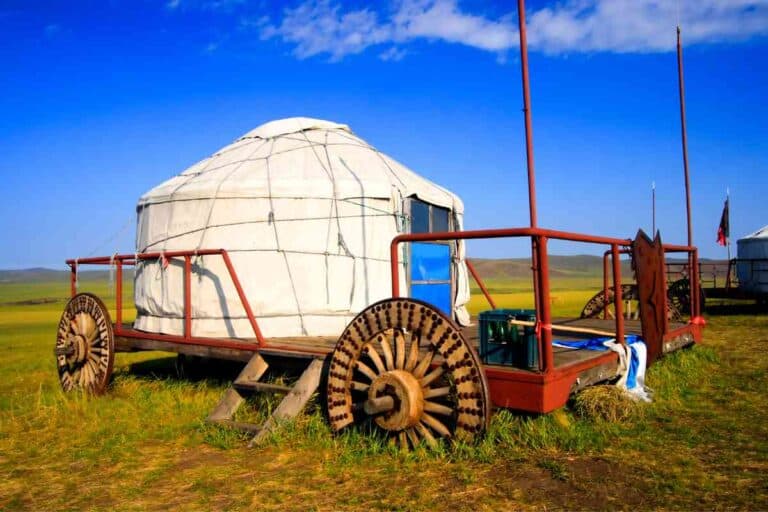The Reason Why Propane Tanks Get Cold
Propane tanks get cold, and there is a good reason behind this. This happens in winter and causes problems since the gas may not work correctly.

Why do propane tanks get cold?
The propane tank gets cold because the propane gas tends to draw heat from the air through the tank’s steel walls. Humidity also contributes when it mixes with the surrounding air. Ice may also form on the tank due to vaporization when liquid gas draws heat from the steel walls and vaporizes.
We visited propane tank manufacturers to understand this phenomenon better. Our goal was to uncover the relationship between the gas, the tank material, and the cooling process.
We learned that propane turns to liquid at -42 degrees Celsius and tends to get colder with the internal pressure dropping to a point where the gas no longer works as expected.
Is there a Special Reason why My Propane Tank is Frosting Up?
Having the tank frosting up can be stressful for a regular propane user relying on gas to power your propane heater or appliances.
Many users panic, not knowing what to do or how to react. This is a common concern, especially in the year’s colder months.
The frosting and cooling have a lot to do with propane’s properties. While the water boils at 212 degrees F and freezes at 32 degrees F under normal atmospheric pressure and sea level, it is different for propane.
Propane boils at – 44 degrees, vaporizing and turning into gas.
Usually, propane in the tank is stored under very high pressure, which is why it stays in liquefied form without boiling. When in use, the pressure drops, and the liquid propane vaporizes as it has, which is what you use.
However, as this happens, the gas draws heat from the outside air through the tank and cools down, making the tank appear colder.
What’s more, the atmospheric humidity also condenses and sometimes freezes on the cylinder’s/tank’s surface, which makes it extremely cold. The frost will collect along the line of the liquefied gas inside the tank.
The pressure and temperature inside the tank will rise and fall concurrently. When more vapor flows through the tank, the pressure drops fast and consequently causes the temperatures to drop.
The result is a cold tank on the outside.
The humid air will frost or freeze when the liquid gas temperatures are too low inside the tank. It is advisable to find safe ways to ensure the tank remains warm and filled in the cold season, as this will help maintain the proper pressure needed for adequate functioning.
Is it Dangerous for your Propane Tank to Freeze?

The first thing that may be a significant concern is the speed at which the propane leaves the tank. Due to the rapid movement of propane from the tank in cold weather, the temperature drops and causes frosting on the tank to the level of the liquefied gas inside the tank.
The rate at which the gas leaves the tank is directly correlated to the frosting on the tank. However, there is no need to panic when you see frost on your propane tank, as this is not dangerous.
The only thing you should do is pay close attention and observe consciously, letting the frosting affect the proper functioning of the gas.
Does the Propane Tank Design Matter?
Most propane tanks have been designed not to be filled to the brim. Make sure to leave sufficient room to accommodate the pressure deficit. Besides that, pay attention to the tank’s positioning.
Propane tanks are designed to stay upright. Portable tanks should thus be transported and positioned vertically and not tilted. For large home tanks designed to be horizontal, the valve is centered on top of the tank for the best action.
Confirm that the tank is positioned correctly. These tanks are designed this way since this is the right way for liquid petroleum gas to work. It doesn’t matter if the gas tank is portable or static.
What Can I Do to Prevent the Propane Tank From Freezing?
Besides the correct positioning of the tank, a few other tips can work to ensure you minimize the tank’s freezing. These include:
- Use low flame: The point is to reduce the speed at which the propane gas leaves the tank. Turning it down reduces vaporization and minimizes frosting on the tank since pressure levels are adequately maintained.
- Place the propane tank where it isn’t too cold: Choosing the right location for the tank matters. If you can, ensure that it is not exposed to elements that make freezing inevitable. It is excellent to block wind and snow, especially if the tank is immovable.
- Watch out for gas level: Make sure to fill/ refill the tank as much as possible and ensure it remains full or near full. The idea is to minimize the surface area for the propane gas to absorb heat from outside and cause frosting on the tank.
- Use two propane tanks: This helps to reduce vaporization since there is pulling of propane from the tanks
- Invest in a propane tank warmer: These are safe and appropriate tank warmers that you plug into the wall and help keep the tanks warm. It is a perfect solution when the temperatures are extremely cold/ harsh.

Even with all the suggestions, ensure safety at all times. The gas tank must be stored appropriately outdoors to avoid avoidable accidents.
Fill your tanks at every chance possible, providing to have them refilled instead of swapping tanks, as this leads to wastage.
You also save money since you pay for the gas amount you refill and not the entire tank, as is the case when swapping.
Related Posts
- Do Propane Tank Gauges Go Bad?
- Propane Tank Making A Ticking Noise?
- Propane Tank Whistling Noise
- Is It Safe To Leave A Propane Tank In The Car?
- How Long Do Propane Tanks Last?
- Will Too Much Heat Make A Propane Tank Explode?
- The Reason Why Propane Tanks Get Cold
- Selling Old Propane Tanks For Cash: What You Need To Know
- Here’s How Many Times A Propane Tank Can Be Recertified
Key Takeaways
- Propane tanks can freeze due to changes in pressure and temperature.
- Propane gas tends to draw heat from surrounding air making the tank cold.
- Always store propane tanks in the correct position as designed by the manufacturer.
- Observe the tank during cold weather and make sure to refill it regularly.
- You can prevent a propane tank from getting cold by using a tank warmer.






